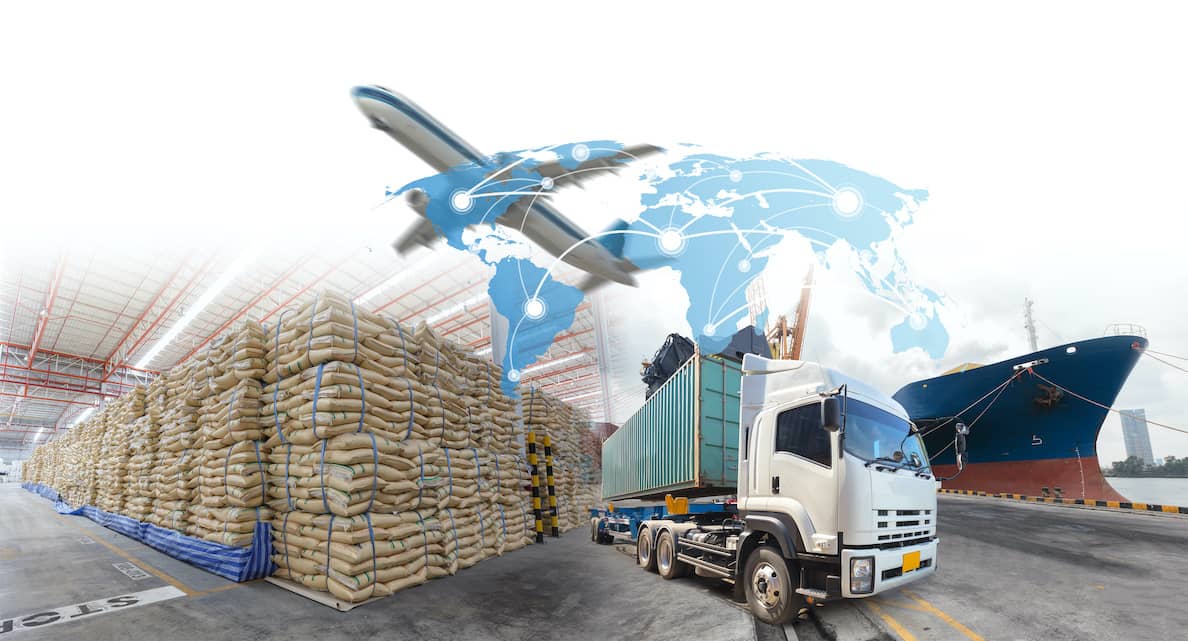Marina Costa de Mello Hunke
Resolution RDC No. 360, MARCH 27, 2020 Amending RDC No. 30, 2020 amending RDC No. 304 of September 17, 2019, which provides for Good Practices in The Distribution, Storage and Transport of Medicinal Products, in the following points of importance, was published in the Official Gazettes:
1 – During the term provided for in the caput, the companies that are part of the distribution chain must generate temperature and humidity mapping studies that will support the active or passive control measures that will be applied to the transport systems.
2 – The mandatory monitoring of temperature and humidity provided for in item II may be exempted, when the maximum transport time is proven in the records as less than 8 (eight) hours, this is carried out at the final point of dispensing of the drug and thermal packaging is used that have qualification consistent with the time and conditions of transport.” (NR)
“Art. 84. Temperature monitoring and control during storage and transport must be carried out.” (NR)
7 Points of attention for companies that distribute, store and transport medicines that must carry out the thermal study.
For the thermal study, in what period should it be performed?
The study with or without load should be longer than 7 days, which is considered ideal for analyzing possible variations in temperature and humidity in a warehouse. If a period of less than 7 days is established, the study may compromise the accuracy of the measurement data made by the dataloggers/sensors.
To perform the thermal mapping, what season should I perform?
As a premise for mapping, the most critical climatic conditions should be studied, which affect the stored products. In view of this, we should consider that they are carried out in summer and winter. In this way it is possible to know how storage and transport behaves at the most extreme temperatures and take preventive actions necessary for maintaining the quality of your product.
How often do I perform thermal mapping studies?
For study should be carried out a risk analysis of the products that are stored and / or transported and with this, it is possible to establish the products with the greatest sensitivity. For pharmaceutical industries the recommendation is annual. However, for a better definition of the frequency of the study, a risk analysis of the products that are stored and/or transported should be carried out, with this, it is possible to establish the products with the greatest sensitivity and the most fragile points in the storage and/or transport process. Furthermore, after analysis of the thermal mapping study if no sudden variations (peaks) that impact the quality of the product are observed, the study can be established in a procedure frequently every two years.
How should the sensors be positioned?
The most correct dispersion of the sensors is the “3D” shape. In the standard there is no information that establishes the amount of sensors that should be used. What defines the amount of sensors to be positioned is the way they are distributed. Since the distance between one sensor and another cannot exceed 10 meters away, in addition, the sensors must be positioned in the form of “W”, i.e. at the low, medium and high points of the area.
The sensors used must be:
High quality, calibrated and with calibration certificates within the validity period, that is, they are able to measure temperature, humidity and validable, that is, that meet CFR 21 Part 11.
During measurements at what intervals should the sensor check be applied?
Usually the analysis is performed every 15 minutes. This time is used to verify temperature and humidity variations. For locations of sudden variations the analysis is done every 5 minutes.
At the end of the thermal mapping study what actions should be taken?
The thermal mapping study indicates the most vulnerable points of your storage and transportation of products. It is necessary that quality management does an investigation evaluating how: air/exhaust systems, seals and thermal insulation, special external paints help in reducing the variability of external temperature in the warehouse; after that carry out the action plans (CAPA) and change controls to remedy the possible complications. The installation of a Computerized Environmental Monitoring System or Dataloggers, previously qualified and validated, at the most critical points so that you can monitor in real time the behavior of temperature and humidity with limits of alerts established for large variations and contingency plans for the processes, are measures that will bring you the best cost / benefit.
